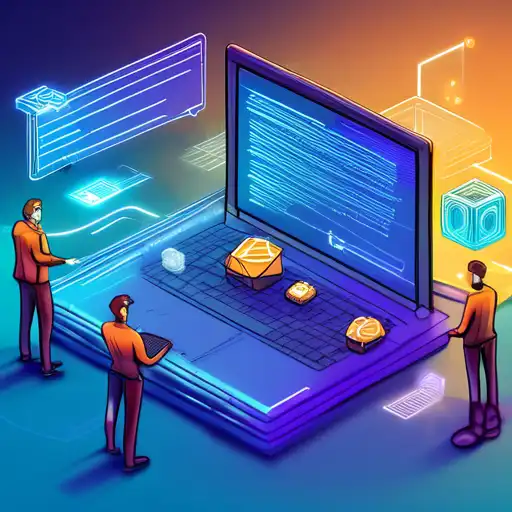Introduction to Smart Contracts
Smart contracts represent a pivotal innovation in blockchain technology, automating agreements without the need for intermediaries. These self-executing contracts with the terms of the agreement directly written into code have revolutionized how we think about trust and transactions in the digital age.
How Smart Contracts Work
At their core, smart contracts operate on the blockchain, ensuring transparency, security, and immutability. When predetermined conditions are met, the contract automatically executes the agreed-upon actions, such as releasing funds to the appropriate parties.
Benefits of Smart Contracts
- Efficiency and Speed: By automating processes, smart contracts significantly reduce the time and paperwork involved in traditional contract execution.
- Security: Blockchain's decentralized nature makes smart contracts highly secure against fraud and censorship.
- Cost Reduction: Eliminating intermediaries reduces transaction costs, making smart contracts an economical choice for businesses.
Applications of Smart Contracts
From finance to real estate, smart contracts are finding applications across various sectors. They are particularly transformative in areas requiring high levels of trust and transparency, such as supply chain management and voting systems.
Challenges and Considerations
Despite their advantages, smart contracts are not without challenges. Issues such as code vulnerabilities and the lack of legal frameworks can pose risks. It's essential for users to conduct thorough due diligence before engaging with smart contracts.
Future of Smart Contracts
As blockchain technology continues to evolve, the potential for smart contracts expands. Innovations in blockchain scalability and interoperability are expected to further enhance their functionality and adoption across industries.
Conclusion
Smart contracts are a cornerstone of blockchain technology, offering a secure, efficient, and cost-effective way to execute agreements. As the technology matures, we can anticipate broader adoption and more innovative applications, solidifying their role in the future of digital transactions.
